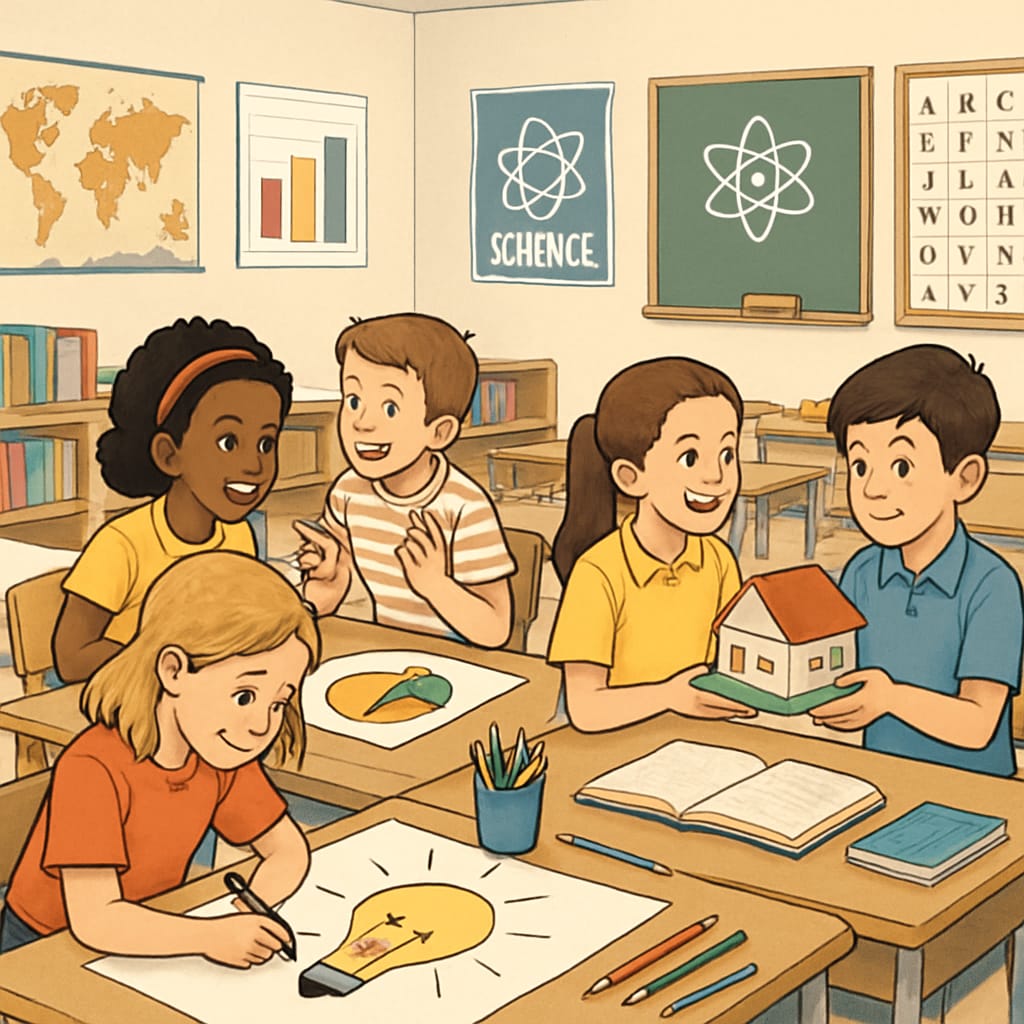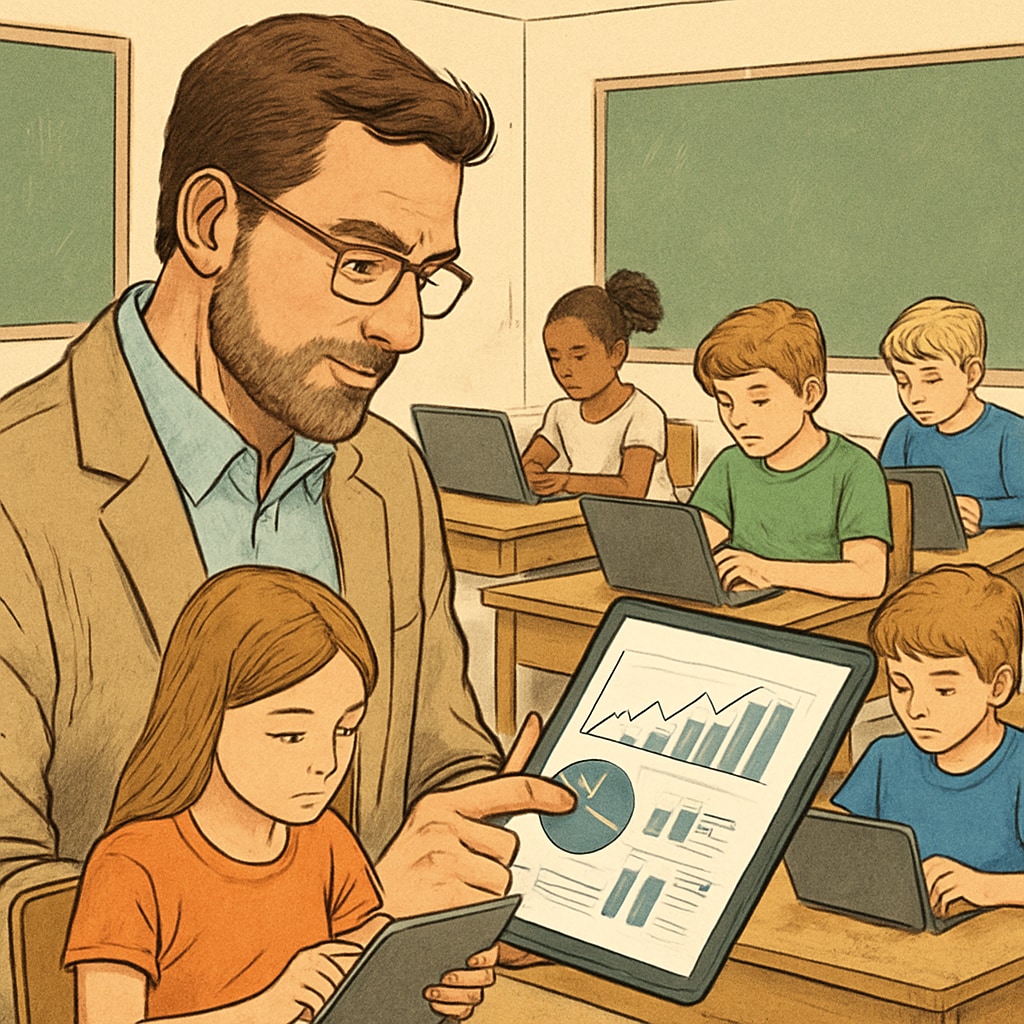Traditional education assessment systems, centered on grades, have long been the cornerstone of K-12 learning. However, these methods often fall short in capturing the full scope of a student’s capabilities and progress. This article explores the limitations of grade-based evaluations and highlights innovative alternatives such as real-time learning tracking that offer a more comprehensive understanding of student learning outcomes.
The Limitations of Grade-Based Education Assessment
The reliance on grades as the primary measure of academic success has significant drawbacks. While grades provide a standardized way to evaluate student performance, they often fail to account for critical factors such as creativity, problem-solving skills, and emotional intelligence. Additionally, grades can inadvertently encourage rote memorization over meaningful learning.
For example, a student who excels in collaborative projects but struggles with timed exams may receive a lower grade, despite possessing valuable skills. Furthermore, grades can sometimes foster unhealthy competition and anxiety among students, detracting from their overall educational experience.

Alternative Approaches to Education Assessment
To address the shortcomings of traditional grades, educators and policymakers are exploring alternative assessment methods that better reflect comprehensive learning. These approaches include:
- Real-Time Learning Tracking: This method involves continuous assessment of a student’s progress through digital tools, enabling personalized feedback and adjustments to teaching strategies.
- Portfolio-Based Assessment: Students compile a collection of their work over time, showcasing their growth, creativity, and mastery of various skills.
- Peer and Self-Assessment: Encouraging students to evaluate their own work and that of their peers promotes self-reflection and critical thinking.
- Competency-Based Assessment: This approach focuses on evaluating a student’s ability to apply knowledge and skills in real-world contexts, rather than their performance on standardized tests.
These methods not only provide a more holistic view of student achievement but also align with the demands of the 21st-century workforce, which values adaptability and lifelong learning.
Implementing Real-Time Learning Tracking in K-12 Education
Real-time learning tracking is emerging as a powerful tool for modern education assessment. By leveraging technology, teachers can monitor student progress on an ongoing basis, identifying areas of strength and weakness in real-time. For instance, platforms like learning management systems (LMS) can provide insights into student engagement, assignment completion rates, and overall performance.
In addition, real-time tracking allows for immediate interventions, ensuring that struggling students receive the support they need before falling behind. This approach fosters a more student-centered learning environment, where personalized instruction becomes the norm rather than the exception.

However, implementing real-time tracking systems requires careful planning. Educators must receive adequate training to interpret data effectively, and schools need to invest in reliable technology infrastructure. Moreover, it is essential to address privacy concerns and ensure that student data is handled securely.
Reimagining What “Meaningful Learning” Means
Ultimately, the shift away from traditional grades invites us to reconsider what constitutes meaningful learning. Is it simply the ability to recall facts for a test, or is it the development of skills like critical thinking, collaboration, and resilience? By redefining our assessment criteria, we can create an education system that truly prepares students for the complexities of the modern world.
As educators, parents, and policymakers, it is our responsibility to champion assessment methods that celebrate diverse talents and encourage lifelong learning. By embracing innovative approaches like real-time learning tracking, we can move beyond grades and toward a more equitable and effective education system.
Readability guidance: This article maintains short paragraphs and uses lists to summarize key points. Passive voice and long sentences are minimized, and transitions such as “however,” “in addition,” and “for example” ensure smooth reading. The structure encourages engagement while providing actionable insights for educators.


